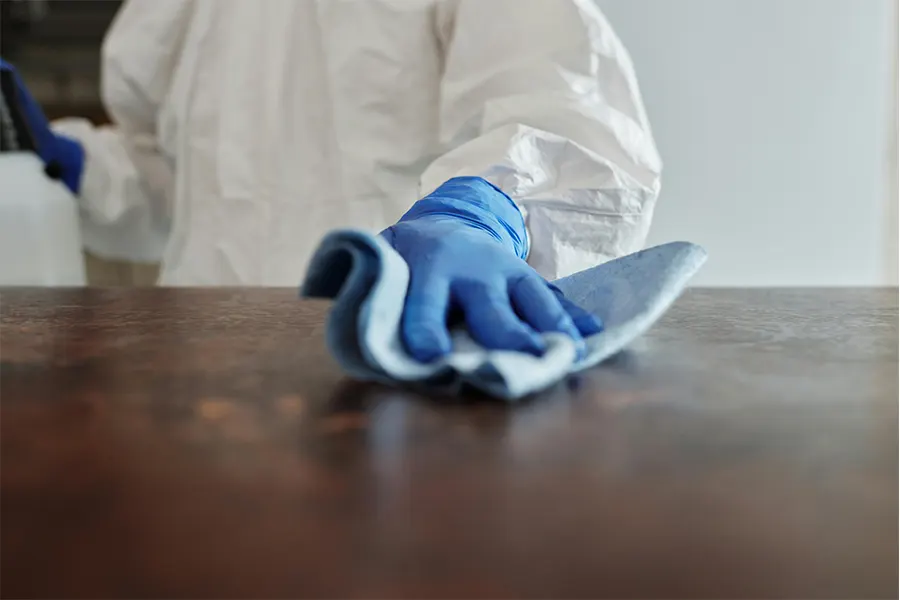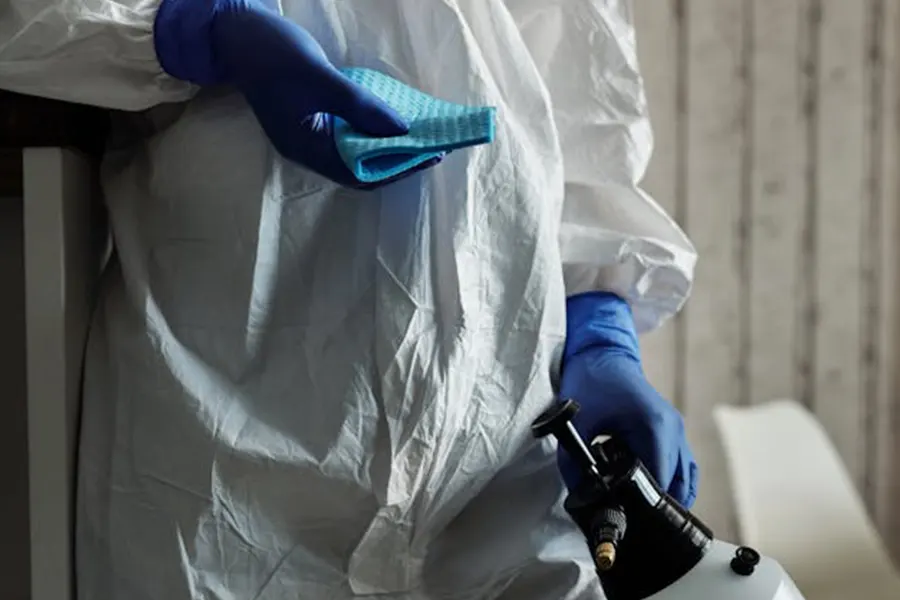In the war against infectious diseases, hospitals stand at the frontlines. Their cleanliness is not just about comfort or aesthetics; it’s a matter of life and death. Disinfectants for hospitals within these hallowed halls must meet stringent efficacy standards, for even the tiniest lapse can have grave implications.
Understanding Hospital Disinfection Needs
The primary goal of a hospital’s disinfection strategy is to break the chain of infection, treating all surfaces — from patient rooms to operating tables — as potential sources of contamination. Each day, these spaces encounter a barrage of bacteria, viruses, and fungi, presenting a formidable yet invisible threat. Hospital-grade disinfectants are thus not merely cleaners; they are deactivators, designed to eliminate pathogens on a microscopic level.
Leading Disinfectant Solutions in Hospitals
In the market, certain brands are synonymous with hospital cleanliness, having established a reputation through both novel research and real-world application within healthcare settings. Here are some of the leading Disinfectants for hospitals that are setting benchmarks in hospital cleanliness today. Learn more about the Top 5 chemical disinfectants in hospitals.
Chlorine-based Compounds – Time-tested and Trusted
Chlorine-based disinfectants, such as sodium hypochlorite, are the stalwarts of hospital sanitation. These are broad-spectrum disinfectants with rapid kill times. However, they require caution in handling due to their corrosive and reactive nature.
Quaternary Ammonium Compounds (Quats) – Versatile and Varied
Quats are cationic surfactants that are a mainstay in disinfection for hospitals protocols. They are renowned for their safety profile, mild odor, and ability to clean and disinfect in one step. However, effectiveness against some types of bacteria and viruses can vary among different formulations.
Hydrogen Peroxide-Based Disinfectants – A Safer Bleach Alternative
These disinfectants use the oxidizing power of hydrogen peroxide to quickly kill pathogens. They offer excellent material compatibility and less respiratory and skin irritation compared to traditional chlorine bleach.

Disinfectants for Hospitals Application Best Practices
Selecting the right disinfectant is only half the battle; applying it correctly is the other crucial component. Here, we will explore the best practices for using disinfectants for hospital-grade to maximize their efficacy.
Pre-Cleaning for Increased Effectiveness
Pre-cleaning surfaces are essential, as an organic material can significantly reduce a disinfectant’s ability to kill pathogens. A thorough clean removes dirt, dust, and oils, ensuring that the disinfectant can make direct contact with the surface and any present microorganisms.
Creating a Culture of Disinfectants and a Clean in Hospitals
The fight for hospital cleanliness is not just about having the strongest disinfectants; it’s about combining the right chemistry with a culture that values and practices comprehensive sanitization. By understanding the science behind disinfection, choosing the right products, and adhering to best practices, hospitals can create an environment where patients can heal without fear of additional harm from hospital-acquired infections. Read more about the patient’s perspective.
Through this guide, healthcare professionals, sanitation experts, and facility managers alike are equipped to make informed decisions when it comes to their hospital’s disinfection protocols. It is imperative to seek out disinfectants that are effective and environmentally friendly. The field of healthcare sanitation is science meets service, and as such, continuing education and adaptation will always be paramount in maintaining the highest standards of patient care.


